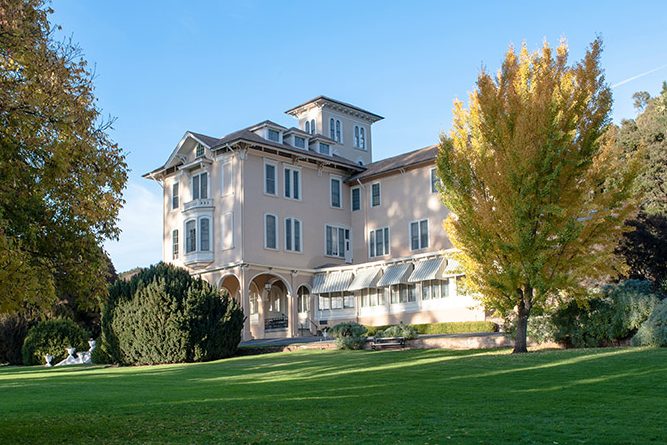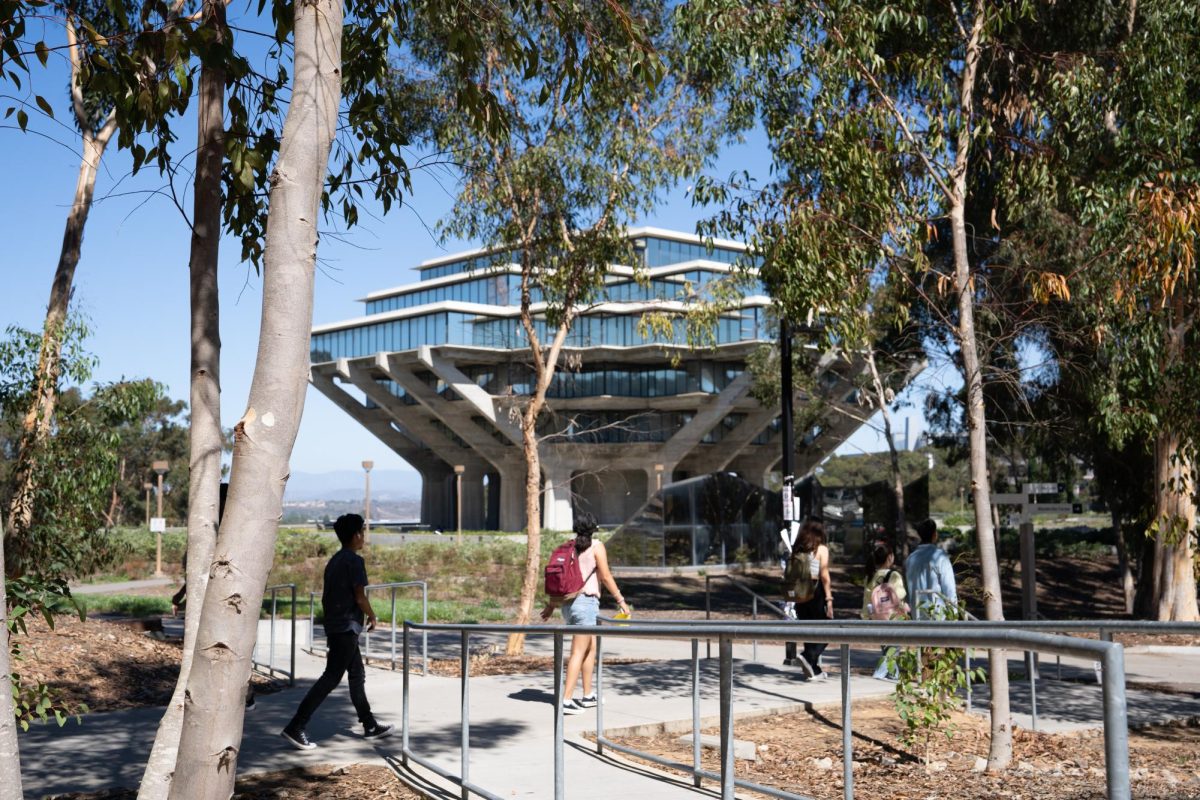Due to the recent overwhelming demand for classroom space, the UCSD administration has announced that the time allotted between classes will be reduced from 15 to 10 minutes to allow for an extra class period during the school day. The change is set to take effect in the fall of 2002.
University officials have been charged with the task of finding classroom space for the rapidly increasing undergraduate student population. According to Enrollment Committee projections, the total number of undergraduates at UCSD is expected to increase by 30 percent to well over 22,000 students by the 2007-08 school year.
“”Circumstances well beyond the control of the campus … have taken the matter out of our hands,”” said Michael A. Bernstein, chair of UCSD’s Academic Senate.
In 1996, campus administration had proposed and approved an extension of the passing period from 10 to 15 minutes. The extended interval between classes allows students and faculty more time to move across campus while also allowing students the opportunity to stay after class and ask professors questions without the worry of being late for their next class.
“”What was not anticipated at the time of the [1996] decision,”” Bernstein said, “”was the fact that the campus would, in a few years, face unprecedented increases in enrollments that would put a great deal of pressure on existing classroom and scheduling capacity.””
The 1996 decision to lengthen passing periods removed one 50-minute scheduling slot on Mondays, Wednesdays and Fridays. This latest change would effectively restore more flexibility for faculty and the Registrar’s office to schedule classes.
“”To me, I see this solution as the most obvious short-term answer,”” said David R. Miller, associate vice chancellor of Academic Planning & Resources. “”We’ve watched the situation for two years and have seen it become a real problem. It comes down to [the UC Office of the President] asking us to enroll more students than we can house in our facilities.””
While agreeing that the latest change in scheduling logistics will alleviate some of the problems created by the rising student population, Miller said that this is not the only solution to the long-term problem. Construction of new classroom space, Miller says, is a goal of campus administration.
As it stands, however, construction of a state-funded classroom building would not be able to begin until 2008, and such a structure would most likely not be occupied until 2010. Miller states that the administration may decide to fund the building of a lecture hall facility using campus monies within the next two years.
Other options considered by the administration were to hold classes later at night, earlier in the morning or on Saturdays.
When approached about the problem, the A.S. Council stated that it preferred to hold classes later at night, but is resigned to the fact that shortening the passing period would be the most logical solution.
A.S. President Jeff Dodge was unavailable for comment.
According to a study conducted by the Office of the Registrar, less than 2 percent of undergraduate students would be dramatically affected by the shortened interval between classes. However, the study only counted students passing between Warren and York lecture halls and did not account for other routes involving outlying facilities such as Galbraith Hall, Warren Writing bungalows or discussion rooms at Warren and York.
The Office of the Registrar is in the process of developing a feature in StudentLink that would flag users if they entered in consecutive classes that may require a walk of 10 minutes or more.







